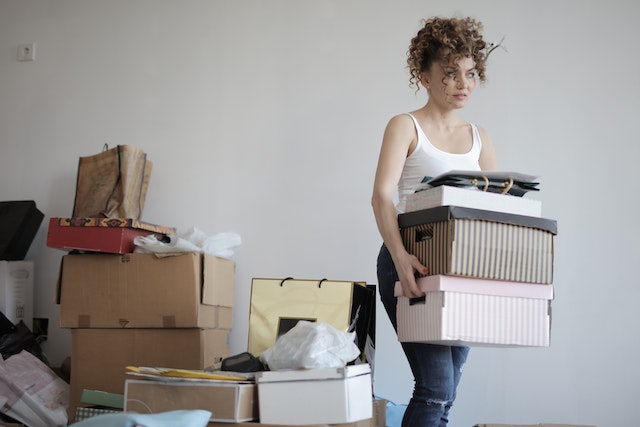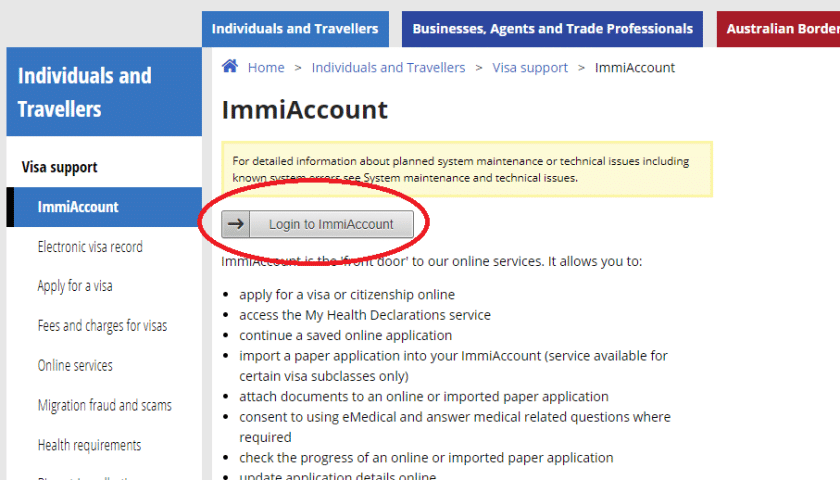The cost of living with rent is a critical factor for most Australians, especially those living in metropolitan areas. The high cost of living in Australia has been a long-standing issue, and rent is a significant contributing factor. In this blog post, we will explore the essentials of Australia’s cost of living with rent and offer some tips on how to manage your expenses.
The cost of living with rent in Australia
According to a report by Domain, the average weekly rent in Australia is $447. This figure varies significantly depending on the location and type of property. For example, the average weekly rent in Sydney is $525, while in Adelaide, it’s $385. The cost of rent is highest in metropolitan areas such as Sydney, Melbourne, and Brisbane, while regional areas tend to be more affordable.
Utilities and Other Bills
Aside from rent, other essentials that add to the cost of living in Australia include utilities such as electricity, water, gas, and internet. These utilities vary in price depending on the provider and location. On average, a household in Australia spends around $1,600 per year on electricity, $1,200 per year on gas, and $1,000 per year on water.
Food and Groceries
Food and groceries also add to the cost of living in Australia. The cost of groceries varies depending on the location and the supermarket. For example, the cost of a liter of milk ranges from $1.00 to $1.50, while a loaf of bread costs around $2.00 to $4.00. Fresh fruits and vegetables can also be expensive, with a kilogram of apples costing around $5.00 to $6.00.
Transportation
Transportation is also an essential factor to consider when calculating the cost of living in Australia. The cost of transportation varies depending on the mode of transport and location. For example, a monthly public transport pass in Sydney can cost up to $200, while in Adelaide, it’s around $100.
Managing Your Expenses
Managing your expenses is critical to living comfortably in Australia, especially when factoring in rent. Here are some tips on how to manage your expenses effectively:
- Create a budget: Creating a budget will help you track your expenses and identify areas where you can save money.
- Cut unnecessary expenses: Look for ways to cut unnecessary expenses such as subscriptions, memberships, and entertainment costs.
- Shop smart: Shop for groceries and other essentials at discount supermarkets and buy in bulk where possible.
- Use public transport: Using public transport can save you money on fuel and parking costs.
- Negotiate your rent: If you’re struggling to afford your rent, consider negotiating with your landlord for a lower rent or moving to a more affordable property.
Additionally, it is important to be aware of any financial assistance that you may be eligible for, such as government subsidies or discounts. For example, the Australian government provides financial assistance for eligible households to help with their electricity bills through the Energy Supplement payment.
It is also worth considering other ways to increase your income, such as taking on a part-time job or freelance work. There are numerous online platforms where you can find flexible work opportunities that can help supplement your income.
Finally, it is important to prioritize your expenses and focus on what is essential. This means prioritizing expenses such as rent, utilities, and food over luxury items or entertainment expenses. By doing so, you can ensure that you have enough money to cover your essential expenses and avoid falling into debt or financial hardship.
In summary, the cost of living with rent in Australia is a significant expense that affects many households. However, by being mindful of your expenses, creating a budget, cutting unnecessary expenses, shopping smart, using public transport, negotiating your rent, and seeking financial assistance where possible, you can manage your expenses effectively and live comfortably within your means.




